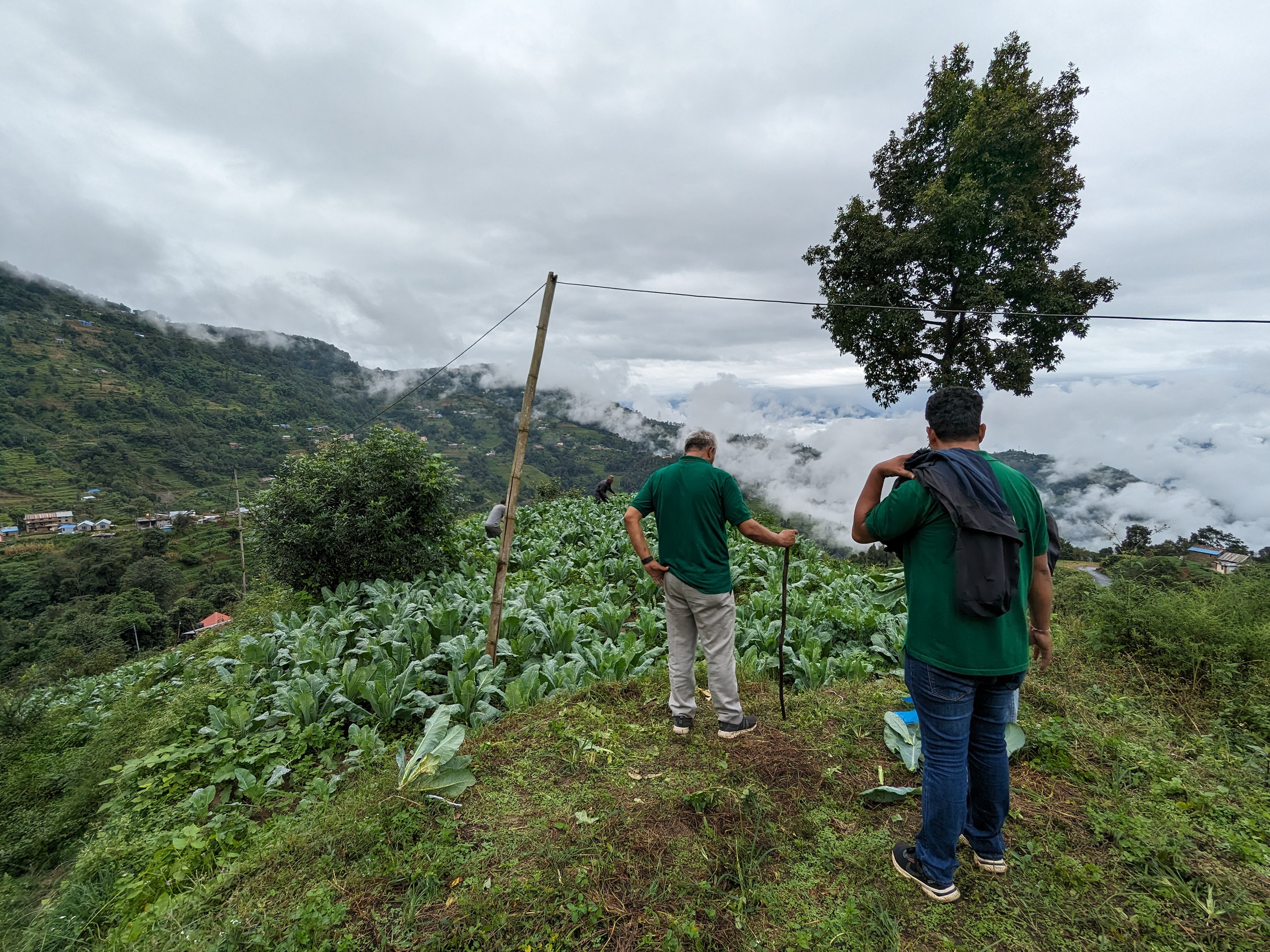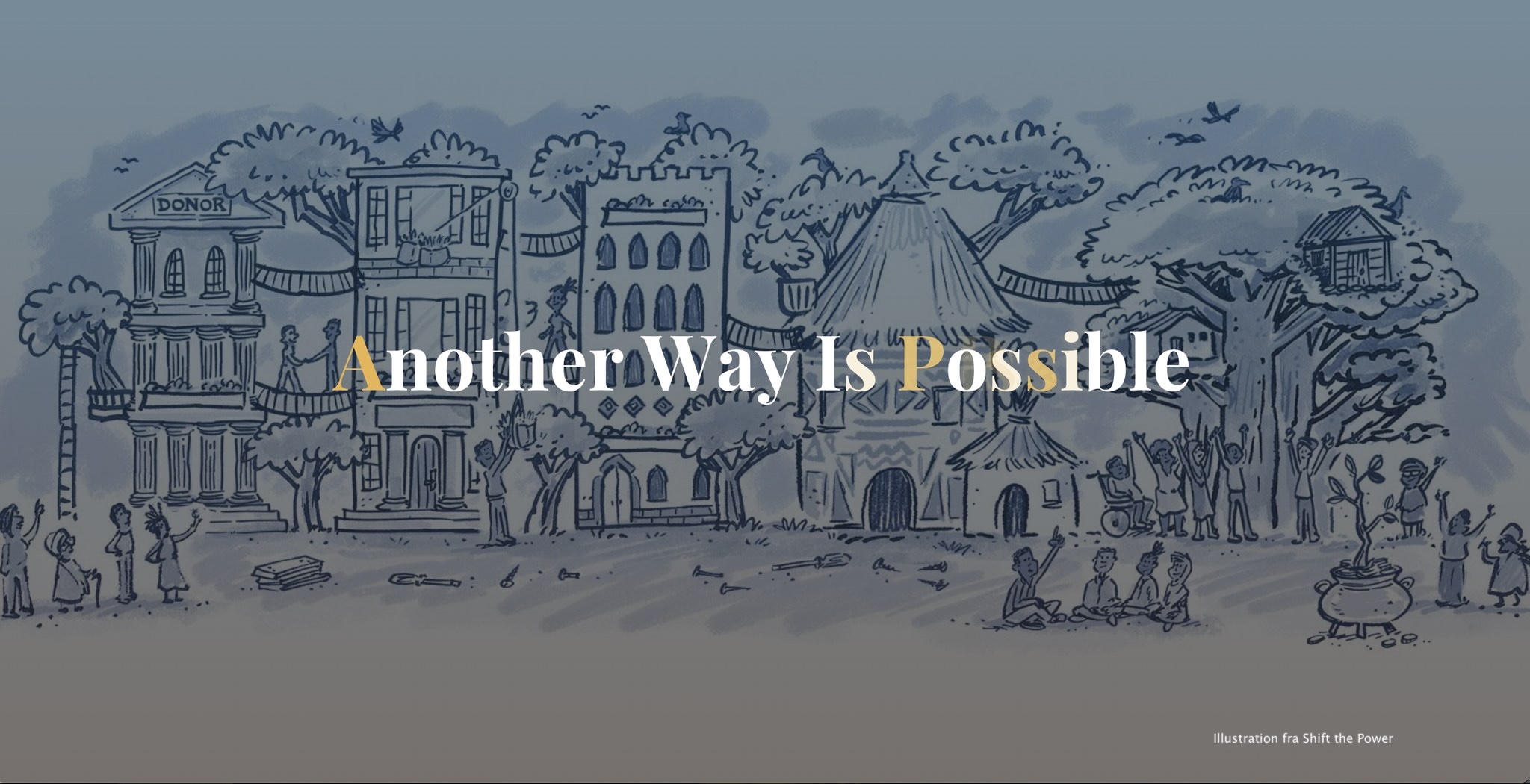“To effectively adapt to and mitigate the effects of climate change, those with lived experience must be consulted”.
Much research suggests that one of the greatest assets after a disaster is the people who experience them, but this asset is hugely underutilized. People often experience increased community cohesion after a disaster, and this cohesion is greatest in the immediate aftermath of a disaster. As community-based organizations, the ten members of the network are an integral part of this phenomenon. But they and their people are often underutilized in shaping plans for the long-term resilience and preparedness of their communities. Disaster-affected communities are the backbone of climate change mitigation and any disaster response.
The Everest Network counts 10 local associations and aims to:
- To inspire and leverage each other’s resources to better meet the challenges of climate change.
- To better understand how they can support their respective communities in adapting to the growing uncertainty of climate change and ensure preparedness to reduce the impact of natural and climate-related disasters.
- Empowering local communities to play a central role in the design, planning and implementation of adaptation and preparedness interventions, including
- Shifting disaster response and funding from a reactive to a proactive model.































